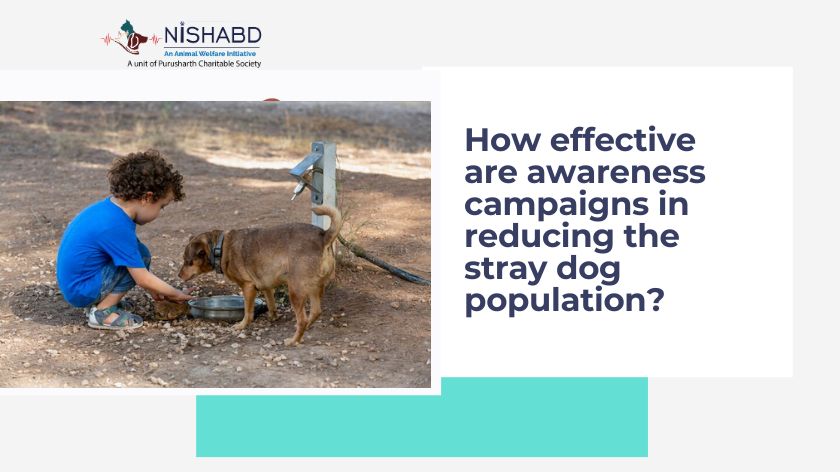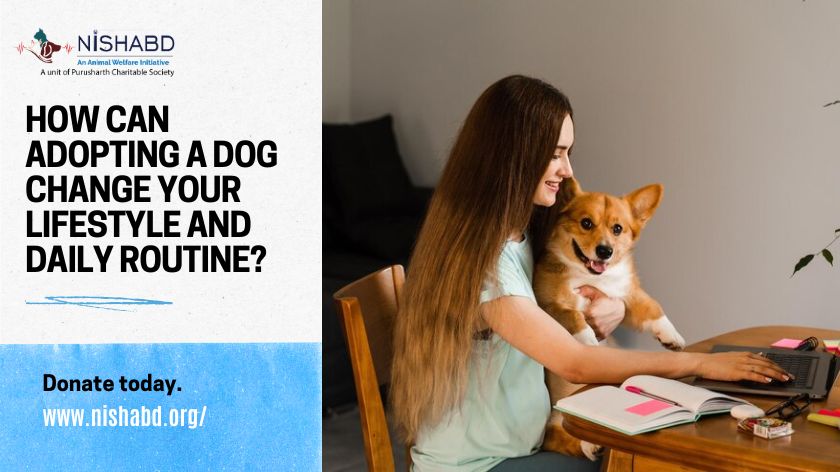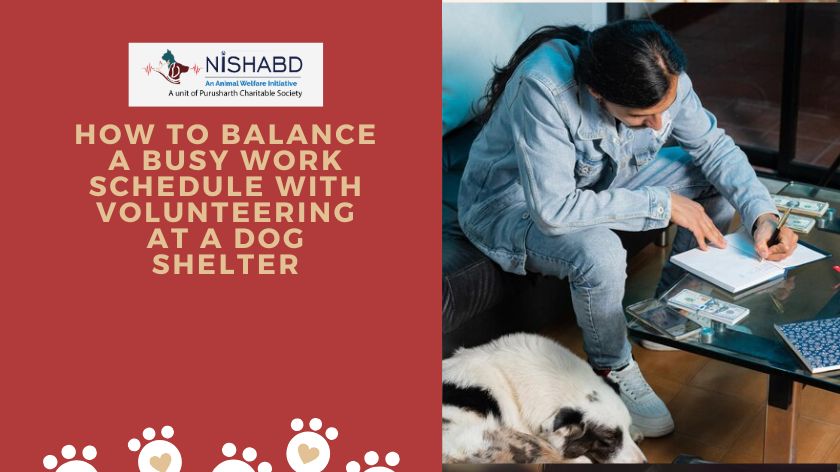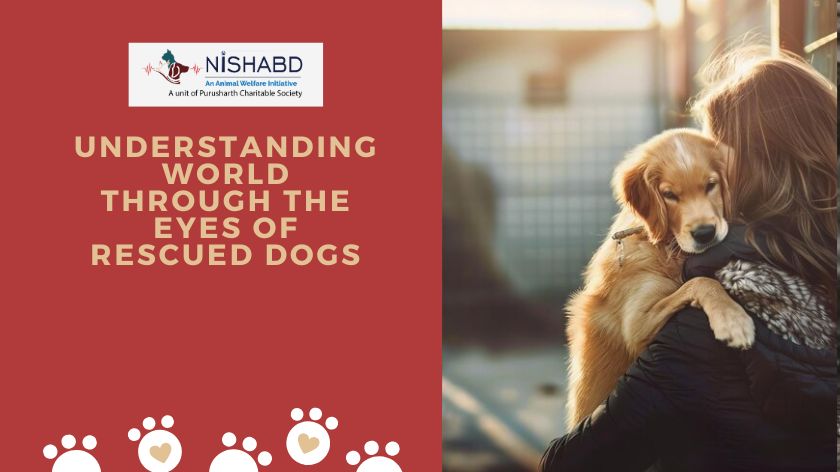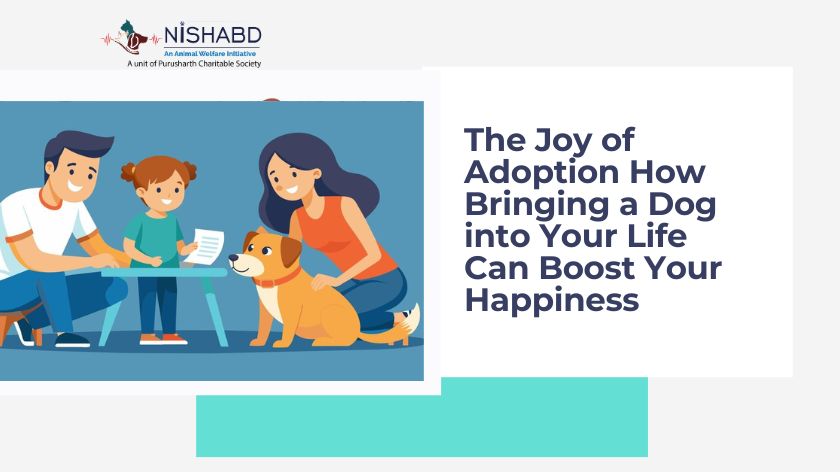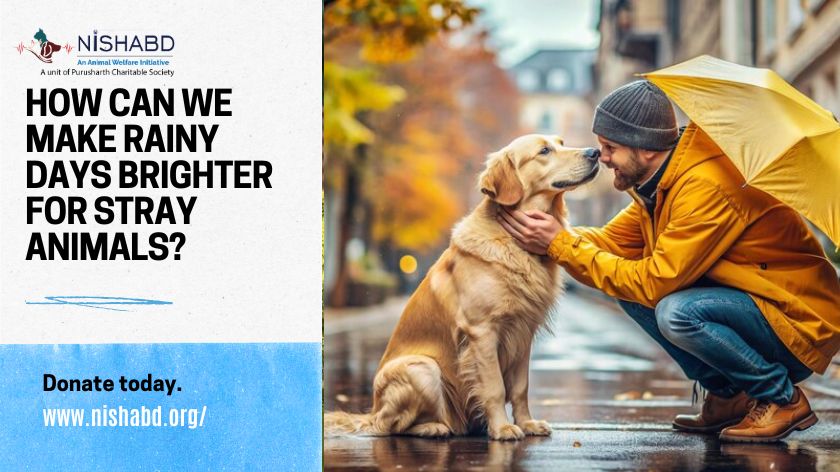How Effective are Awareness Campaigns in Reducing the Stray Dog Population?
Stray dogs are a common sight in many parts of the world, especially in countries like India, where the population of stray dogs is growing rapidly. The majority of stray dogs suffer from poor health, insufficient food, or living situations. They may also carry diseases which could affect people as well as other animals. To address this issue, awareness campaigns are currently being launched to provide some of the best and most efficient methods to deal with the issue.
We’ll take a look into how efficient these programs are in reducing the amount of stray dogs in India and the reason why they make a major contribution to the overall well-being of the animals.
What Are Awareness Campaigns?
Awareness campaigns are planned initiatives to inform and educate the general public on a particular problem. For the stray dogs in India, these campaigns are designed to make people aware of the difficulties that result from an uncontrolled number of stray dogs and the ways they can contribute to resolving the problem.
Campaigns typically comprise social media posts as well as community events, education programs for schools, as well as collaboration with shelters for animals. A few campaigns encourage volunteers to help in shelters, make donations to animal welfare groups or even adopt dogs for themselves.
The Stray Dog Problem: Why Is It So Serious?
- Stray dogs in India have many challenges in the streets. They usually suffer due to malnutrition, exposure to extremely cold weather as well as the lack of adequate medical care.
- Dogs can also be carriers of diseases such as rabies that can spread to animals as well as humans.
- Furthermore, large numbers of dogs that wander around can cause accidents on the road or chase cars, or fight with each other, which can lead to injuries.
- The increasing number of stray dogs is a sign of poor animal well-being in the society. If a dog is abandoned or thrown out in the street, they fight to live.
- A majority of them never neutered or spayed that means they remain reproducing which leads to more puppies being born.
How to Control Stray Dog Population in India?
- Encouraging Sterilization
The most efficient method for managing stray dogs in India is sterilization. This is accomplished by neutering or spaying animals in order to prevent their reproduction. Many people are unaware of how important sterilization is, and awareness programs can help in making the point.
Informing people about the advantages of awareness campaigns on sterilization will motivate pet owners to bring their pets to the vet clinic to undergo the procedure. This isn’t just beneficial in decreasing the number of stray dogs and enhancing the overall health of the pet. The dogs who are sterilized have a lower risk of contracting certain diseases. They are also generally more calm and more docile.
- Promoting Adoption
Many abandoned dogs are rescued by animal shelters waiting for a chance for adoption. If people are educated about the advantages and joys of adopting a stray and are encouraged to think about it. Campaigns usually feature success stories of dogs who were once on the streets, but are now in loved homes.
Adopting a dog from a shelter is not just giving the animal a new chance to live a better life but also helps to control the number of dogs that are stray by decreasing how many dogs are in the street. These campaigns show the benefits of adopting a dog as an act of kindness towards animal well-being.
- Responsible Pet Ownership
One of the main causes of the problem with stray dogs is the irresponsible behavior of pet owners. When pet owners neglect their animals or do not take proper care of them this increases the number of stray dogs.
For instance, campaigns could educate people on the responsibilities that come with being a pet owner. Educating people about these campaigns will help to stop dogs from becoming neglected or abused as a major aspect in the overall welfare of animals.
- Educating the Public
A key aspect of awareness campaigns is informing people about the dangers of excessive dog population. If there are too many stray dogs it is difficult to control their health and wellbeing. The overpopulation could lead to an increase in dog bites, the spread of infectious diseases and conflict between dogs and humans.
In bringing awareness to the dangers involved, campaigns motivate people to act. This could include having the pets sterilized, fostering unwanted dogs, or donating to local animal shelters as well as organizations which work to control the stray dog population. If individuals are informed about the issue they will be more inclined to find the solution.
The Role of Animal Welfare Organizations
Organizations for animal welfare play a vital role in reducing the number of stray dogs and enhancing the lives of the animals. These organizations typically lead awareness campaigns, run sterilization drives, and even run adoption programs. They also help to rescue sick or injured stray dogs and offer medical treatment.
Organizations like People for the Ethical Treatment of Animals (PETA), Blue Cross, and other local organizations work together with the government and local communities to tackle the problem. They heavily rely upon donations and volunteers in addition to public funding, accomplishing their mission. Without the work from these groups, the issue of stray dogs around would be much greater.
How Can You Help?
Here are a few easy actions that anyone can follow:
- Support Awareness Campaigns: Make sure that people know the need for sterilization, adopt as well as responsible dog ownership, by posting photos on Facebook, going to events or even coordinating your own campaign within your local area.
- Adopt a Stray Dog: If you’re considering getting your own pet, you might want to consider adopting a stray instead of purchasing one from breeders. You’ll not only provide a dog with an affectionate home and a loving home, but you’ll also be helping to reduce the stray dog population.
- Volunteer at a Shelter: Many shelters require volunteers to assist in the care of the animals. Volunteering allows you to directly impact animal welfare and assist stray animals lead healthier, happier lives.
- Donate: If you’re not able to foster or volunteer for an animal, you can nevertheless contribute to animal welfare organizations. Donations can be used in the funding of sanitation programs and rescue efforts and shelter care for homeless dogs.
- Report Stray Dogs: If you notice stray dogs in your area report them to local animal welfare groups. They can check what’s happening and give needed care for the animals.
Conclusion
Awareness campaigns are extremely efficient in reducing the number of homeless stray dog population by encouraging key solutions such as sterilization and adoption as well as the responsible ownership of pets. These programs not only enhance animal welfare, but help create a healthier atmosphere for both humans and animals. Through these initiatives by working together to reduce the amount of dogs roaming the streets, and provide an improved standard of living for all animals.

